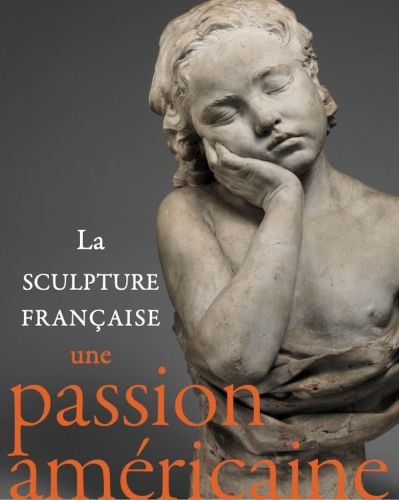
French Sculpture in America
An American Passion
- The extraordinary abundance of French sculptures in the United States is indicative of a specific taste for this area of French art
- It also highlights the proximity of Franco-American historical and artistic relations
- The purpose of this book is to give life and meaning to these works by placing them in their American context
The extraordinary abundance of French sculptures in the United States is indicative of a specific taste for this area of French art, but also of the close proximity of Franco-American historical and artistic relations. The United States is the country outside of France with the largest number of French sculptures and the latter represent by far the majority of foreign sculptures.
Once gathered, combined, connected, they weave the story of a taste. Their study makes it possible to detect trends and periods, to identify the personalities of dealers, collectors and curators, and to understand the supply channels of this transatlantic trade, from the place of production to the place of consumption, from the place of creation to place of appreciation.
The purpose of this book is to give life and meaning to these works by placing them in their American context. The first part emphasises the eminently political and official role, tool of political message when it comes to celebrating the heroes of the American independence, or commercial and industrial propaganda when France shows up at universal exhibitions. From its birth, French sculptors have been associated with the development of the American nation and its society.
The second part is devoted to the role played by French sculptors in American urban decor, as well as in the art of parks and gardens. They largely contributed to the introduction of the Art Deco style in ornamental sculpture.
The third part celebrates sculpture as a collector’s item, sought no longer for the character it represents, nor for its role as a complement to architecture, but truly as an object whose formal beauty is the primary asset.
The fourth and last part is dedicated to the sculptor Auguste Rodin. Rodin was all at once: he represented the art of today, that of the Salon to which he regularly sent his works, sometimes the art of yesterday in his few creations in the style of the 18th century, and above all, he was gradually recognised as the path to the art of tomorrow.
In conclusion, an assessment is made of the taste for French sculpture since the 1950s, which saw a change in the relative importance of the various actors, dealers, collectors, academics and curators.
- Publisher
- Exhibitions International
- ISBN
- 9789461618276
- Published
- 7th Aug 2023
- Binding
- Hardback
- Territory
- United Kingdom and Ireland
- Size
- 300 mm x 240 mm
- Pages
- 464 Pages
Distributed by ACC Art Books
Our Catalogues
Please log-in or create an account to see your recent items.